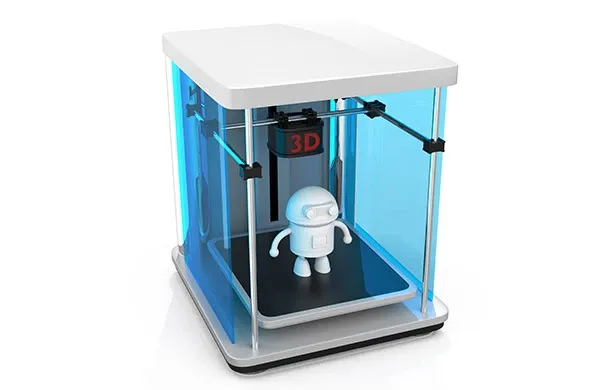Meta Announced Its New AI Chip
Meta Platforms unveiled the second generation of its Meta Training and Inference Accelerator (MTIA) AI chip.

The first China built commercial airliner C919 took its maiden flight on 5th May, 2017 at Shanghai Pudong International Airport. This marks a historical moment in China’s aviation industry. C919 was developed by the Commercial Aircraft Corporation of China Ltd (COMAC), who used 3D printing technologies and specialty metals like titanium alloys in the developments of the airliner.
COMAC designed and assembled C919 in Shanghai while the parts of the airliner were manufactured by different suppliers in China. Front parts and wings were made in Chengdu and Xi’an. The main body parts were made in Nanchang. The successful maiden flight of C919 has demonstrated China’s ambitions and determination to compete with the high-end manufacturing sector in the West. The government recognizes that 3D Printing is a strong enabler to China manufacturing’s overall growth.
3D printed titanium parts were installed on C919 to reduce the airliner weight and increase its safety. Twenty-eight cabin door parts and two fan inlet structural parts were installed on C919. The existing parts on C919 were largely made in China, or around 60% vs the original target of only 10%. However, critical parts were still made by foreign suppliers namely CFM International, Liebher-Aerospace, FACC and Honeywell. The aggressive development of China’s aviation industry will lead to increasing demand for 3D printers and metal powders.
“We will see more use cases on the adoption of 3D printing technologies in the aerospace industry. For instance, General Electric (GE) acquired two metal 3D printer manufacturers, Concept Laser and Arcam, in which they have been providing 3D printers to aircraft parts manufacturers. Jet engine manufacturer Rolls Royce is one of Arcam’s users. Norsk Titanium produces the first Federal Aviation Administration (FAA) approved 3D printed structural titanium components for Boeing Dreamliner,“ says Wendy Mok, Research Manager of IDC’s Imaging Printing and Document Solutions research.
Mok adds, “In China, the success of C919’s maiden flight implies the use of 3D printed parts on airliners have been recognized by the aviation industry in China. The domestic demand for 3D printed parts will grow with expectations that the orders of 570 units of C919 delivered by COMAC in the future, coupled with an increase in localization rate.“
Suppliers of C919 parts have proven the value of adopting 3D printing in the manufacturing process. Metal 3D printers of foreign brands were used by FalconTech, who supplied a total of 30 metal 3D printed parts to C919. Due to its reliability and numerous successful use cases in related industries, imported 3D printers have held a significant competitive advantage over domestic ones in China’s high-end manufacturing sectors. However, it could create financial burden and resources allocation problems to the manufacturers who carry different 3D printers.
“Outsourcing 3D printing services will save the initial investment cost and enables the manufacturers to focus on product development. Moreover, individual suppliers could provide services and parts according to their product portfolios. Such collaborations will help improve the overall product quality. This business model also provides 3D printer vendors a point of penetration,“ Mok added.
The successful maiden flight of C919 has made the usage of 3D printing technologies a role model in China’s manufacturing sector. The brand effect of C919 will further promote the development and applications of innovative technologies. More and more companies are expected to adopt 3D printing technologies in their production process. Besides aerospace industry, railways (bullet train) and automotive industries are expected to accelerate their transformation. These activities will induce the demand for advanced 3D printing technology and diversity of materials.